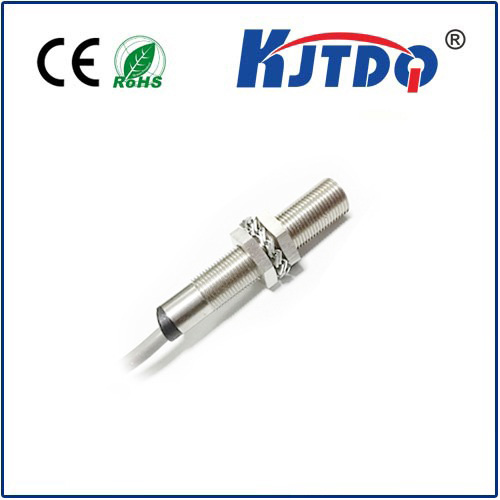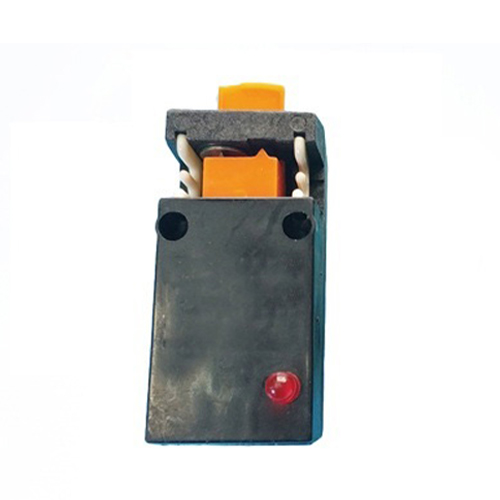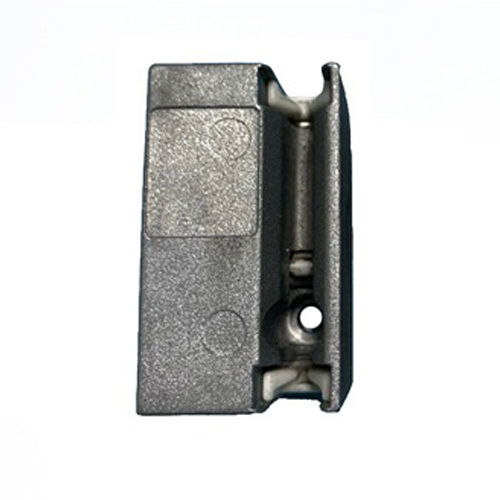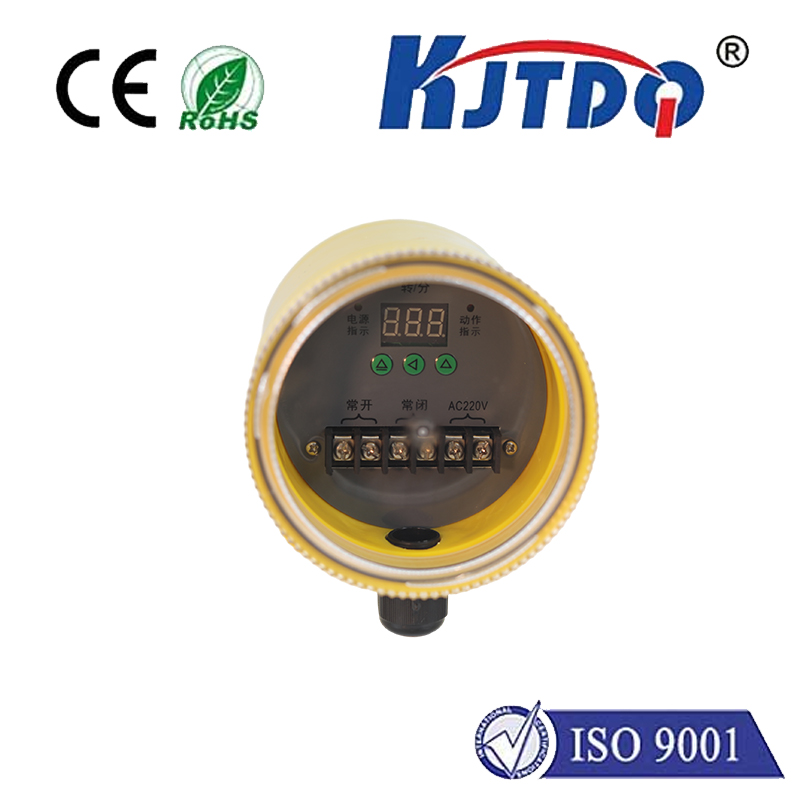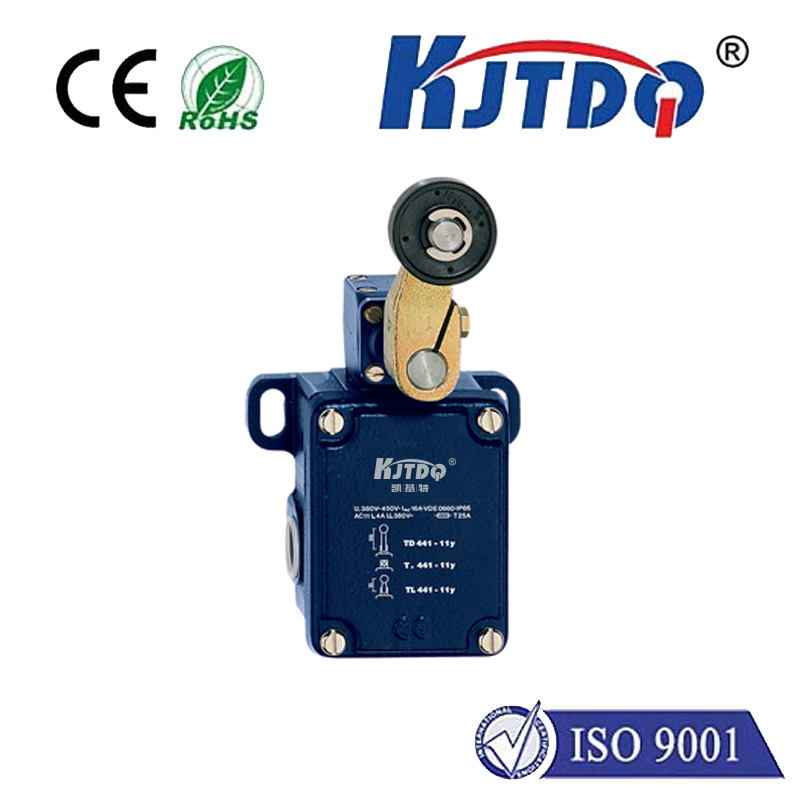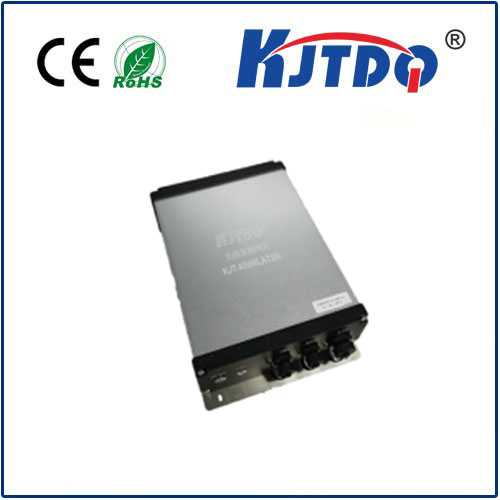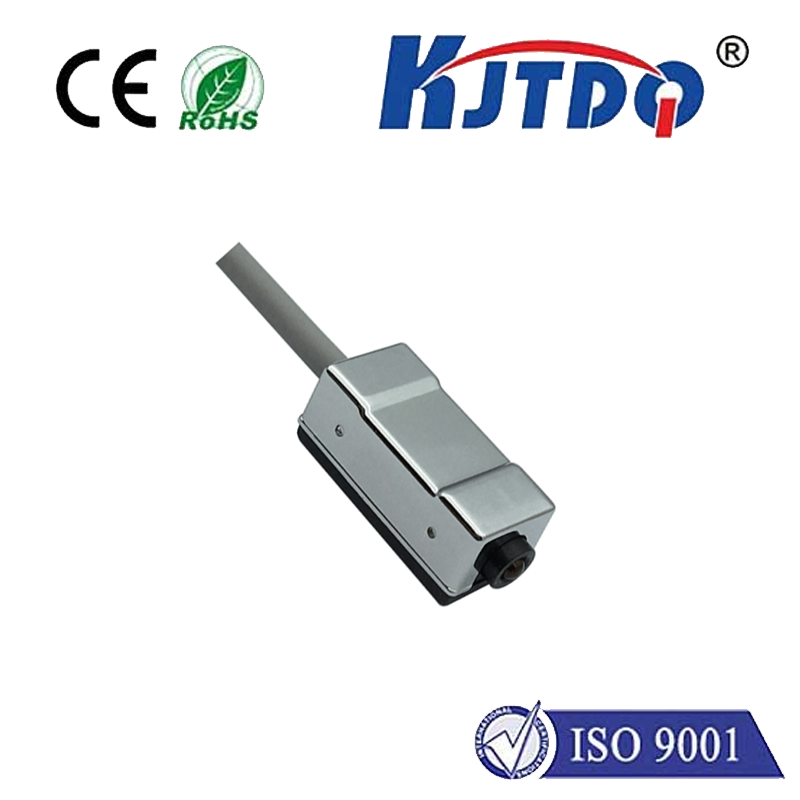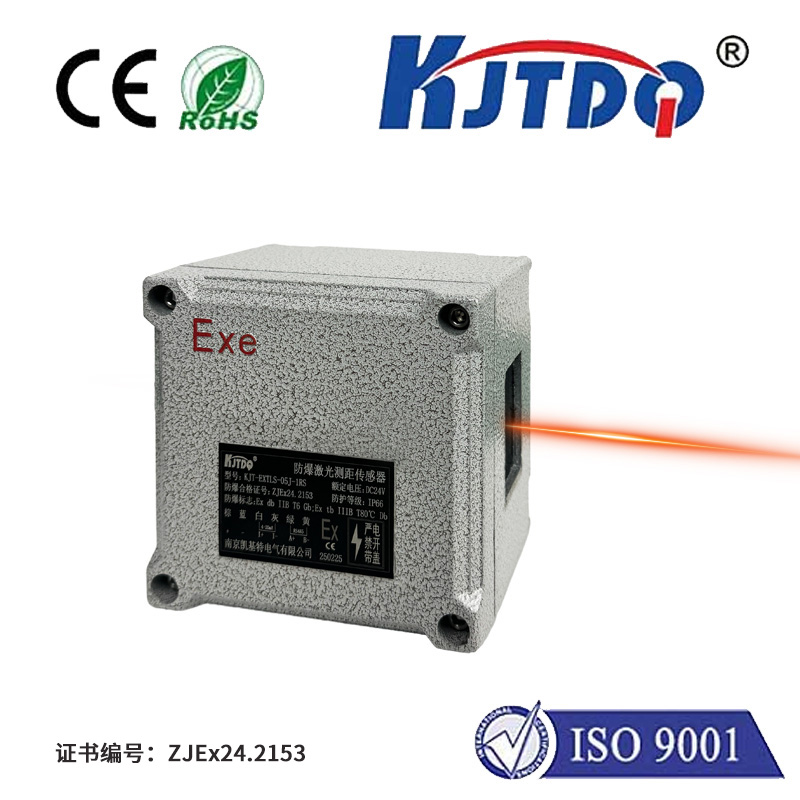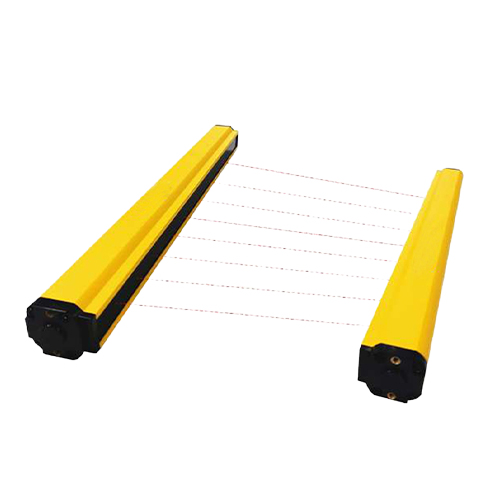kegunaan sensor proximity
- time:2025-07-12 02:20:49
- Click:0
The Essential Roles and Diverse Applications of Proximity Sensors
Ever wonder how your smartphone screen magically turns off when held to your ear during a call? Or how elevator doors know not to close when someone is stepping in? Or how modern factories maintain lightning-fast production lines with minimal errors? The unsung hero enabling these seamless interactions and countless others is the ubiquitous proximity sensor.
Proximity sensors are electronic devices designed to detect the presence, absence, or position of nearby objects without requiring physical contact. This fundamental capability of non-contact detection unlocks a vast array of applications across virtually every industry sector, making them indispensable components in modern technology.
1. Smartphones and Consumer Electronics: Everyday Intuition
Our pocket companions showcase one of the most familiar proximity sensing applications. Mounted near the earpiece:
- Automatic Screen Dimming: During calls, the sensor detects the phone approaching your ear and instantly turns off the display. This prevents accidental screen presses with your cheek (mis-touches) and significantly conserves battery power.
- Auto Screen Wake-Up: Bringing the phone away from your ear triggers the sensor to turn the display back on, ready for you to end the call or use the keypad.
- Smart Gestures: Some advanced implementations can recognize simple gestures near the screen (like waving) to silence alarms, scroll through photos, or answer calls hands-free.
This application highlights the sensor’s vital role in enhancing user experience and device efficiency.
2. Industrial Automation: The Backbone of Efficiency, Safety, and Precision

The industrial realm is where proximity sensors truly demonstrate their versatility and critical value. Their robustness, speed, and reliability make them ideal for harsh environments:
- Object Detection & Counting: Detecting the presence/absence of parts on an assembly line, counting products moving on a conveyor belt, verifying if a machining chuck holds a workpiece, or confirming a bottle cap is present before filling. Inductive sensors excel here with metallic targets.
- Position & Limit Sensing: Precisely determining the end-of-travel position of cylinders, robotic arms, or machinery components. Provides feedback for automated control systems, preventing over-travel and damage. Magnetic reed switches or inductive sensors are commonly used.
- Level Sensing: Monitoring the levels of liquids or granular solids in tanks, silos, or hoppers. Capacitive sensors can detect materials through container walls, while ultrasonic sensors measure distance to the surface.
- Speed Monitoring: Measuring the rotational speed of motors, shafts, or gears (tachometry), often using sensors detecting gear teeth or rotational flags.
- Safety Interlocks: Ensuring machine guards are closed or safety doors are latched before hazardous machinery can operate. Provides a critical layer of operator safety.
- Machine Vibration Monitoring: Detecting abnormal vibration patterns in bearings or machinery, allowing for predictive maintenance and avoiding catastrophic failures (proximity probes are specifically designed for this).
Proximity sensors are fundamental to achieving high-volume, reliable, and safe manufacturing processes. Their contactless nature ensures minimal wear and tear, translating to lower maintenance costs and increased uptime.
3. Automotive Intelligence and Safety
Modern vehicles are rolling sensor hubs, and proximity sensors are key players:
- Parking Assistance / Collision Avoidance: Ultrasonic or electromagnetic sensors embedded in bumpers detect obstacles during parking maneuvers. They provide audible or visual cues to the driver, significantly reducing the risk of low-speed collisions.
- Blind Spot Monitoring (BSD): Radar sensors monitor areas beside and behind the vehicle the driver cannot easily see, alerting them to the presence of other vehicles.
- Automatic Door Locks: Systems can detect the key fob approaching the vehicle (often using low-frequency RFID or capacitive sensing principles) to unlock doors automatically.
- Seat Occupancy Detection: Detects if a seat is occupied, crucial for enabling/disabling passenger airbags and triggering seatbelt reminders, enhancing occupant safety.
- Tire Pressure Monitoring System (TPMS): Sensors within the wheels measure tire pressure (direct TPMS) or infer it via wheel speed differences (indirect TPMS), alerting the driver to unsafe conditions.
- Gesture Control: Some high-end models allow control of infotainment systems via hand gestures detected by sensors near the center console.
These applications underscore the sensor’s role in making driving safer, more convenient, and automated.
4. Retail and Building Automation: Enhancing Flow and Security
Proximity sensors contribute to smooth operation in public and commercial spaces:
- Automatic Doors: Infrared (IR) or microwave sensors detect approaching people and trigger door opening mechanisms, providing accessibility and hands-free entry, particularly valuable in hospitals or germ-sensitive environments.
- Automatic Faucets/Soap Dispensers/Hand Dryers: IR sensors detect hands underneath, activating water flow or air, promoting hygiene and reducing waste.
- Inventory Management: Used in smart shelves to detect when stock levels are low on specific items, triggering automatic reordering systems. Can also help track high-value assets.
- Tamper Detection: Capacitive sensors can detect when enclosures (like vending machines or ATM card readers) are opened unexpectedly.
- Lighting Control: Presence detection in rooms (using passive infrared - PIR - sensors, often combined with proximity concepts) to turn lights on/off automatically, significantly reducing energy consumption.
- People Counting: Sensors at entrances/exits can track foot traffic for analytics, space utilization, or crowd control.
Here, proximity sensors drive operational efficiency, resource conservation, security, and improved user convenience.
Beyond the Basics: Sensor Variety for Specific Needs
The term “proximity sensor” encompasses several technologies, each with strengths for particular applications:
- Inductive Proximity Sensors: Detect metallic objects (ferrous and non-ferrous). Rugged, immune to dirt/water. Common in industrial automation.
- Capacitive Proximity Sensors: Detect almost any material (metal, plastic, wood, liquid, granular substances) and can sense through non-metallic containers. Ideal for level sensing, presence detection of non-metals.
- Photoelectric Sensors (Reflective/Through-Beam): Use light (usually infrared) beams to detect interruption (presence) of an object. Versatile for various object detection and counting tasks over longer ranges.
- Magnetic Proximity Sensors (Reed Switches/Hall Effect): Detect the presence of a magnetic field. Used in position sensing (cylinders), speed sensing, security systems.
- Ultrasonic Sensors: Emit sound waves and detect echoes to measure distance or presence. Effective for level sensing, parking assistance, object detection regardless of material or color.
- Radar Sensors: Use radio waves, effective over longer ranges and through obscurants like fog or dust. Common in automotive BSD and adaptive cruise control.
Choosing the right sensor type is critical for optimal performance in a given scenario.
From the smartphone in your hand to the car you drive, the factory producing goods, and the store you shop in, proximity sensors work silently yet powerfully behind the scenes. Their ability to perform contactless detection enables automation, enhances safety, improves efficiency, conserves energy, and creates intuitive user experiences. As technology evolves, the kegunaan sensor proximity – their uses and applications – will only continue to expand and diversify, solidifying their position as fundamental building blocks of our interconnected, automated world. They are the unseen sentinels that make our interactions with machines smoother, safer, and smarter.












